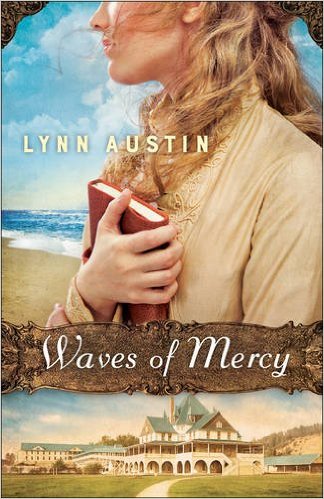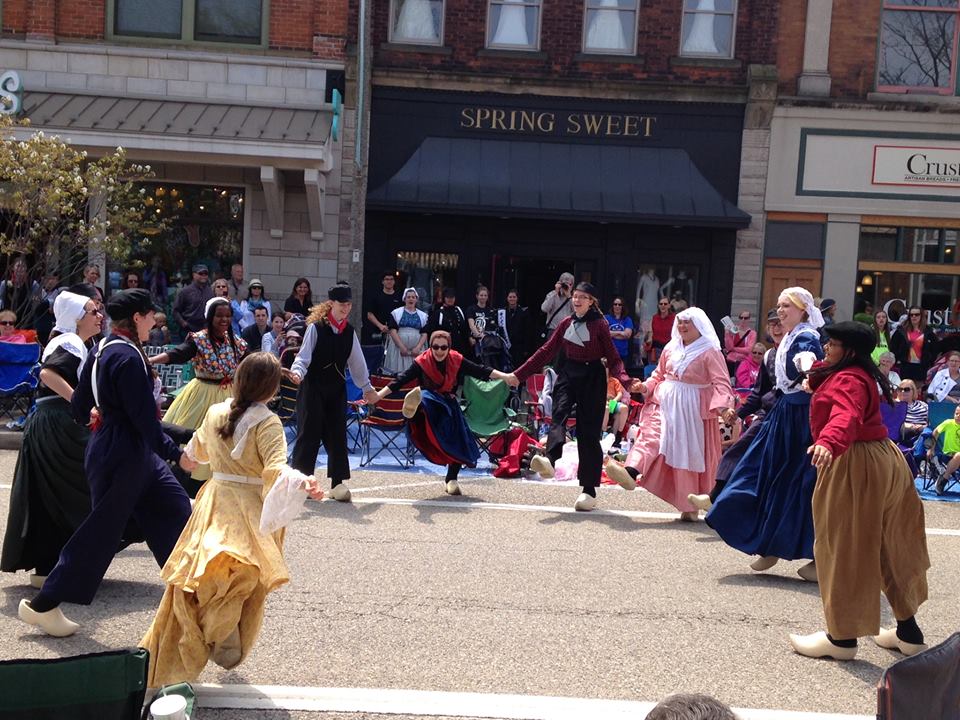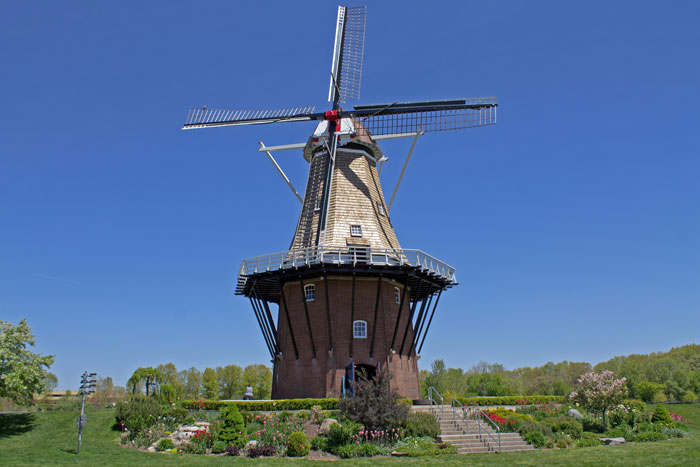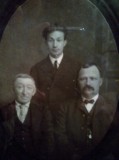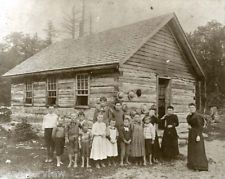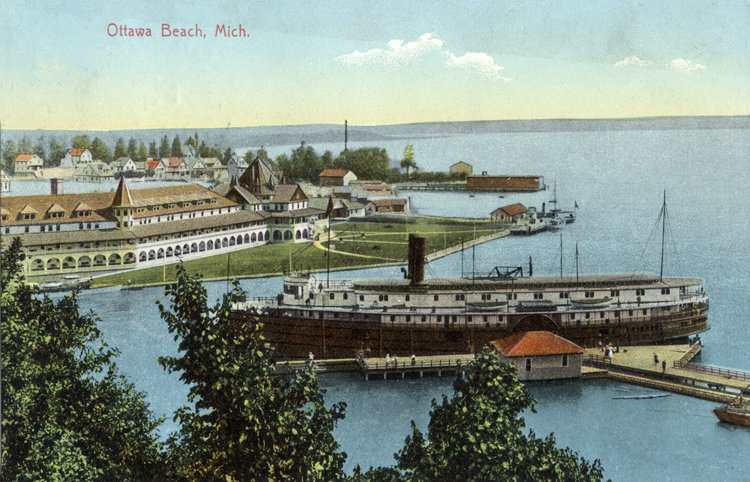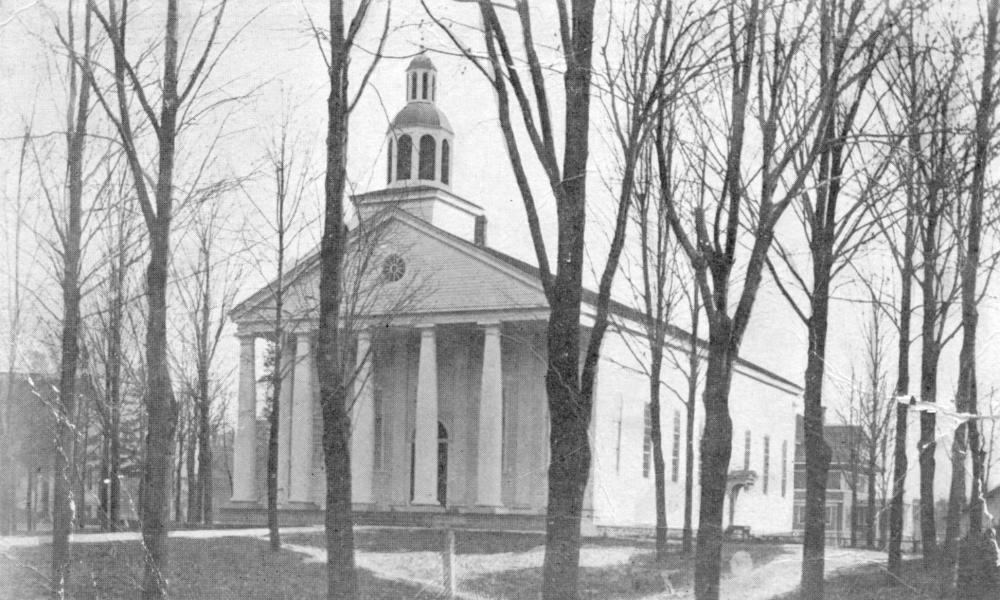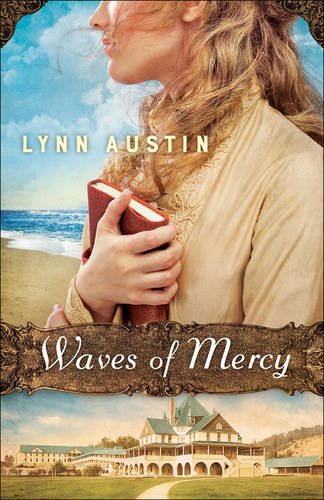Life-Changing Books
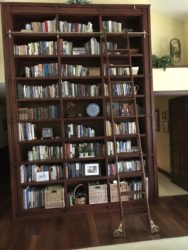 I’ve been thinking about my spiritual journey lately, along with my journey as a writer. The two are closely entwined. And I realized what a powerful, life-changing effect books have had on those journeys. Space doesn’t allow me to list all the books that have influenced me, but four stand out.
I’ve been thinking about my spiritual journey lately, along with my journey as a writer. The two are closely entwined. And I realized what a powerful, life-changing effect books have had on those journeys. Space doesn’t allow me to list all the books that have influenced me, but four stand out.
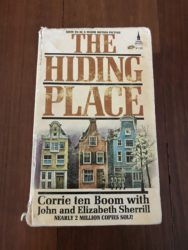 The first is “The Hiding Place” by Corrie Ten Boom. Corrie and her family lived uneventful lives in The Netherlands until the Nazis invaded. Then their faith in God and deep love for Christ compelled them to hide Jews in their home, trying to save as many people as possible. Corrie, her sister Betsy, and their father were arrested and sent to prison camps. Only Corrie survived.
The first is “The Hiding Place” by Corrie Ten Boom. Corrie and her family lived uneventful lives in The Netherlands until the Nazis invaded. Then their faith in God and deep love for Christ compelled them to hide Jews in their home, trying to save as many people as possible. Corrie, her sister Betsy, and their father were arrested and sent to prison camps. Only Corrie survived.
I read this book when my husband and I lived in Bogota, Colombia. We had everything a young couple could possibly want; we were newly-married, working our dream jobs, and our first child, Joshua, was born there. I had been raised in a Christian home with godly parents and grandparents, yet when I read “The Hiding Place,” I realized how weak my faith was. I wouldn’t have had the courage to risk my life as Corrie did. Her story convicted me, and I hungered for what she had. I began to seriously pursue a closer walk with God.
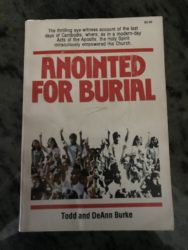 I read the second life-changing book shortly after we returned to the United States. “Anointed for Burial” by Todd and DeAnn Burke tells the true story of missionaries to Cambodia in the final, life-threatening years before the nation fell to the Communists. Again, I was impressed by their tremendous faith to endure fiery trials. For months, they lived in such perilous conditions that they needed to hear God speaking on a daily, and sometimes hourly, basis. They developed the habit of reading scripture three times a day, and God miraculously spoke to them through the Bible, offering wisdom and guidance when they needed it most.
I read the second life-changing book shortly after we returned to the United States. “Anointed for Burial” by Todd and DeAnn Burke tells the true story of missionaries to Cambodia in the final, life-threatening years before the nation fell to the Communists. Again, I was impressed by their tremendous faith to endure fiery trials. For months, they lived in such perilous conditions that they needed to hear God speaking on a daily, and sometimes hourly, basis. They developed the habit of reading scripture three times a day, and God miraculously spoke to them through the Bible, offering wisdom and guidance when they needed it most.
Jesus said, “Man does not live on bread alone, but on every word that comes from the mouth of God.” “Anointed for Burial” convicted me of my need to feed on the Word of God every day. I was faithful to feed my physical body three times a day, so why didn’t I see the greater need to feed my spirit with His Word? I found a daily scripture-reading plan that enabled me to read through the Bible in a year. I began that very day and have continued ever since.
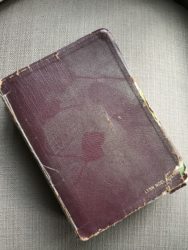 The Bible is the third life-changing book. Like Todd and DeAnn Burke, I have found it to be a comfort and a source of wisdom. But best of all, the picture of God and His eternal plan that emerged as I read it, accomplished what I had longed for back in Bogota—to draw closer to Him, to get to know Him, and to strengthen my spiritual walk.
The Bible is the third life-changing book. Like Todd and DeAnn Burke, I have found it to be a comfort and a source of wisdom. But best of all, the picture of God and His eternal plan that emerged as I read it, accomplished what I had longed for back in Bogota—to draw closer to Him, to get to know Him, and to strengthen my spiritual walk.
Next, my husband’s work took us to Canada. My plan had been to have a second child around the time Joshua turned two. But we celebrated his second birthday, then his third and fourth and fifth—and I still wasn’t pregnant. He turned six and started school, and God didn’t seem to hear my prayers. I read the fourth life-changing book, “The Chosen” by Chaim Potok as I wrestled with unanswered prayer. This beautifully-written novel tells the story of an Orthodox Jewish father who, for reasons that aren’t told until the end, stops speaking to his beloved son. When the father finally speaks, he tells how his heart broke the entire time he had kept silent, and how he feared his son would turn away from him forever. But he did it because of the son’s arrogance and self-sufficiency, which needed to be broken. The son needed a loving, compassionate heart so he could understand other people’s pain and accomplish the work God was calling him to do.
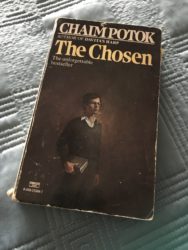 I saw in “The Chosen” an allegory of God’s inexplicable silences. And I realized that through my longing for a child, God had led me to become active in the Right-to-Life movement and to help start two crisis pregnancy centers. Through this novel, I discovered that God speaks powerfully through fiction. And it also created in me a longing to write novels like this from a Christian perspective. Christian fiction as we know it today had yet to be born, but I sensed that this was the calling God had for my life. I signed up for a creative writing course at a local college—and a month later, I learned I was pregnant with our son Benjamin. Twenty months after he arrived, our daughter Maya joined us.
I saw in “The Chosen” an allegory of God’s inexplicable silences. And I realized that through my longing for a child, God had led me to become active in the Right-to-Life movement and to help start two crisis pregnancy centers. Through this novel, I discovered that God speaks powerfully through fiction. And it also created in me a longing to write novels like this from a Christian perspective. Christian fiction as we know it today had yet to be born, but I sensed that this was the calling God had for my life. I signed up for a creative writing course at a local college—and a month later, I learned I was pregnant with our son Benjamin. Twenty months after he arrived, our daughter Maya joined us.
My spiritual and writing journeys have been long and satisfying. I have published 25 books, now. Glowing reviews and royalty checks are great, but to me, the most gratifying rewards are letters from readers telling me how one of my stories has impacted their life.
So, how about you? What life-changing books have you read?
- 8022
- 13
- 5

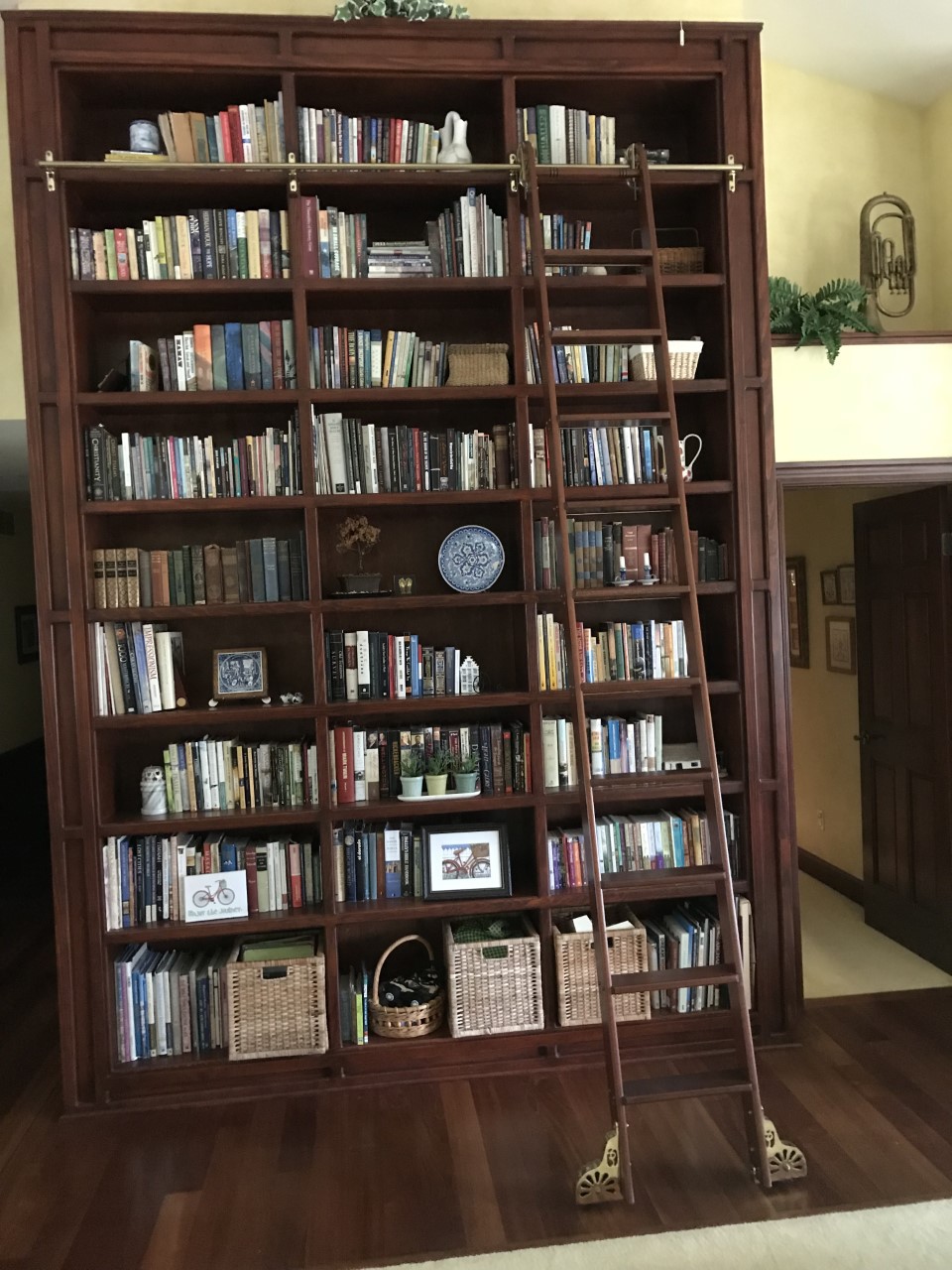
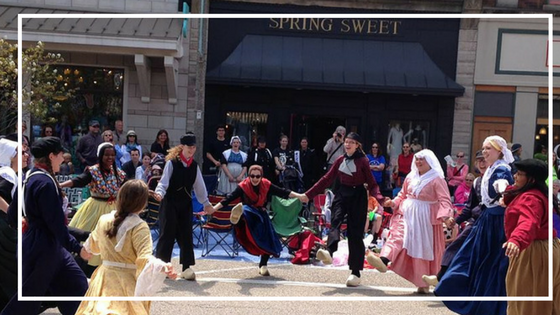
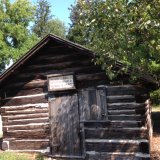
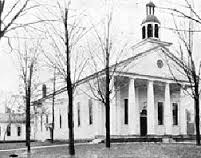 The first church built in 1856
The first church built in 1856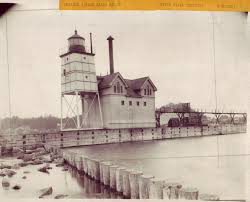 The original light house on Lake Michigan
The original light house on Lake Michigan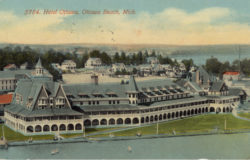 The Hotel Ottawa Resort on Black Lake
The Hotel Ottawa Resort on Black Lake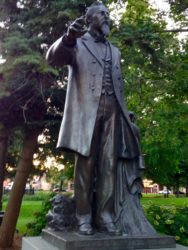 The town’s founding father, Rev. Albertus Van Raalte
The town’s founding father, Rev. Albertus Van Raalte I’m guessing that many of us would have given up—or at least questioned where God was in all these disasters. Had He really called us to settle here or not? It’s so easy to feel like our work is in vain when our carefully made plans start to fall apart. But the settlers’ faith remained strong. Today, there are more than 70 churches in this town of 33,000 people. What an example of perseverance and faith! If they had a life-verse, I think it would be this one:
I’m guessing that many of us would have given up—or at least questioned where God was in all these disasters. Had He really called us to settle here or not? It’s so easy to feel like our work is in vain when our carefully made plans start to fall apart. But the settlers’ faith remained strong. Today, there are more than 70 churches in this town of 33,000 people. What an example of perseverance and faith! If they had a life-verse, I think it would be this one: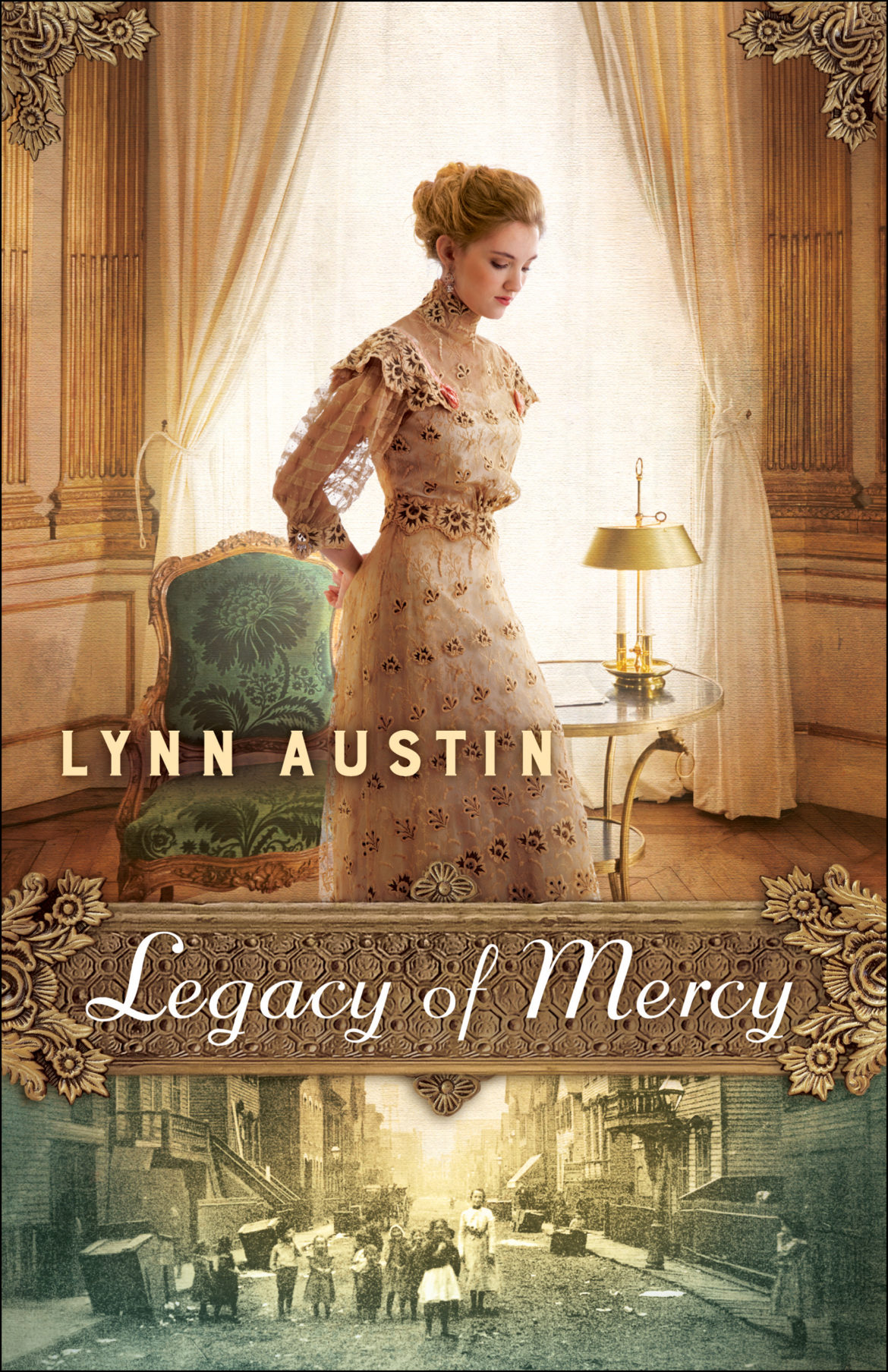
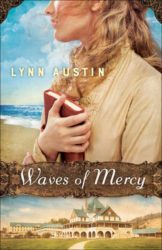
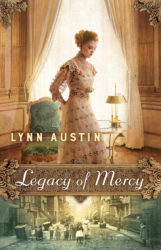
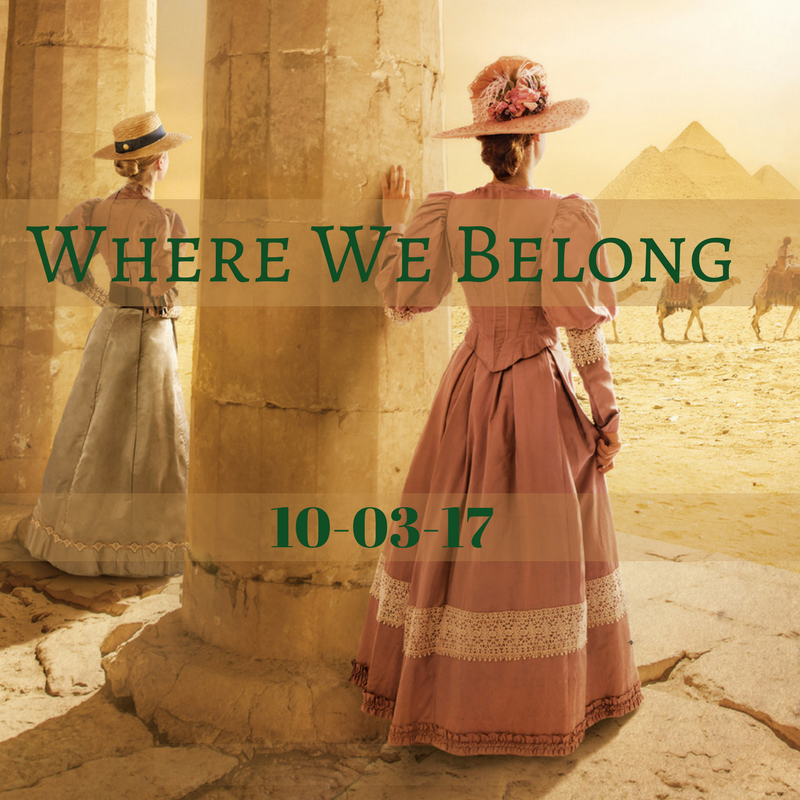
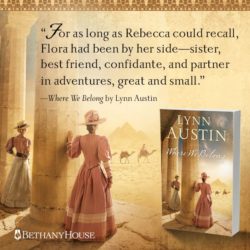
 There is adventure and romance in this armchair journey into another era. But mostly it’s the story of two unique sisters whose faith leads them to follow God along a very unconventional path. Thirty-three years ago, my life veered away from the ordinary when I left my teaching career to write books. It was a risk I’m glad I took.
There is adventure and romance in this armchair journey into another era. But mostly it’s the story of two unique sisters whose faith leads them to follow God along a very unconventional path. Thirty-three years ago, my life veered away from the ordinary when I left my teaching career to write books. It was a risk I’m glad I took.
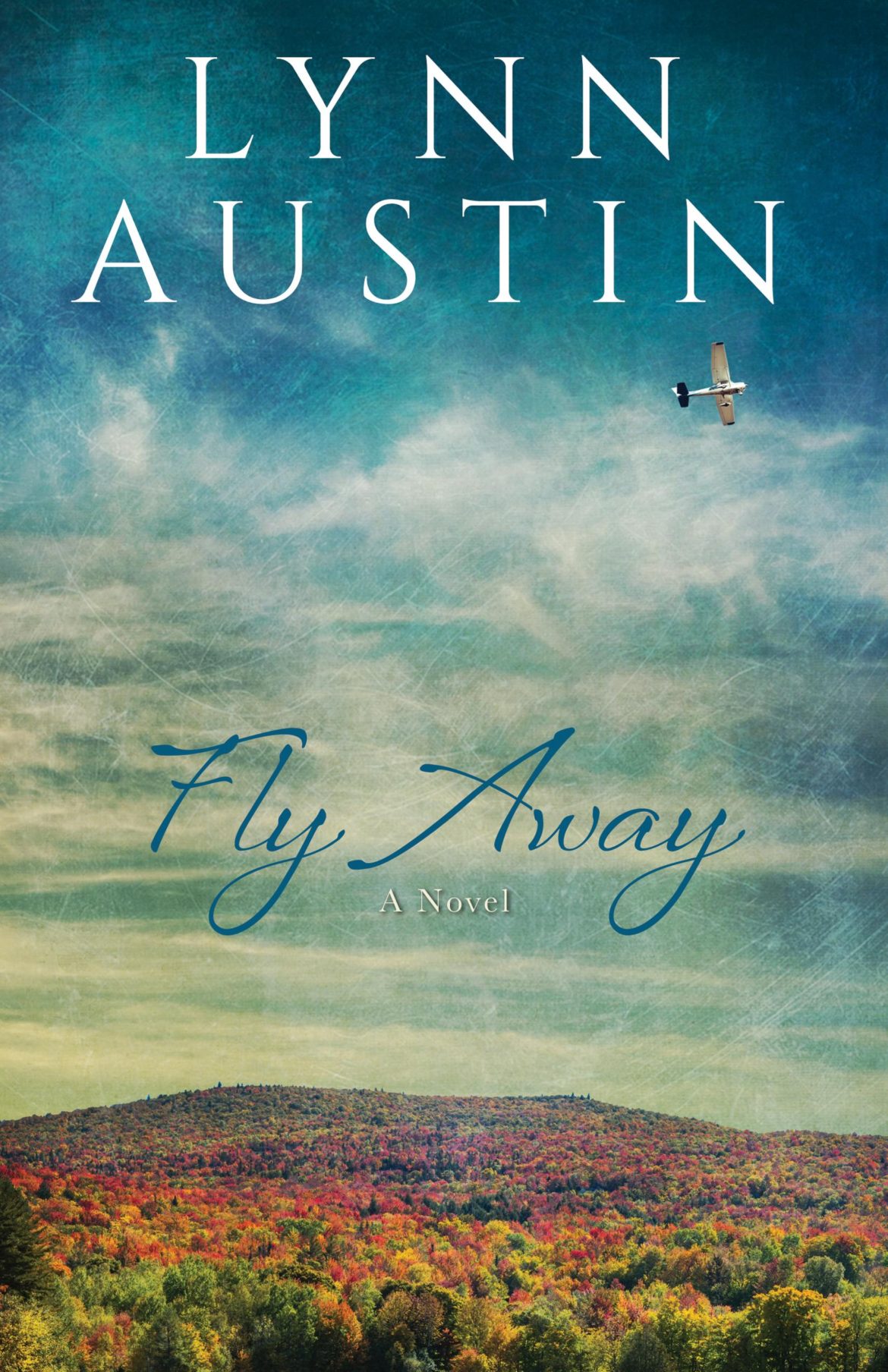
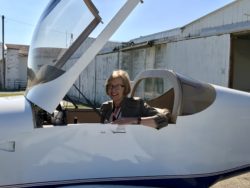


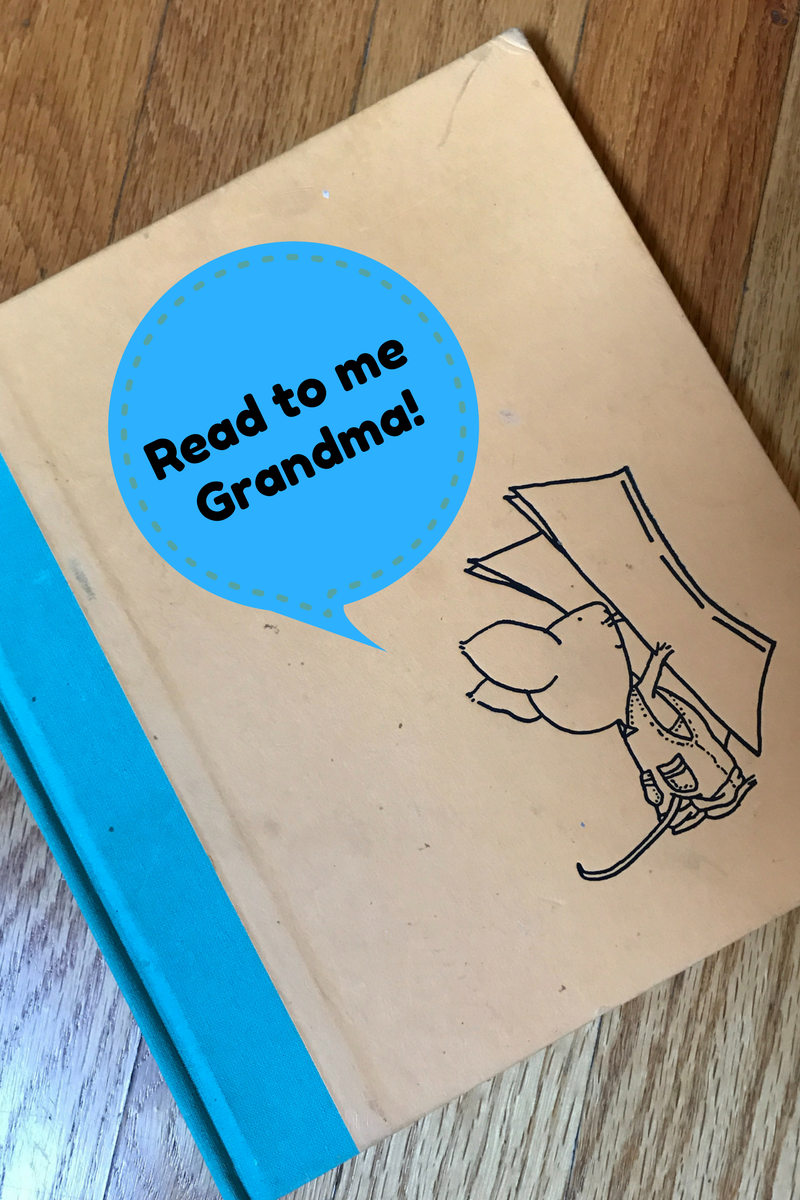
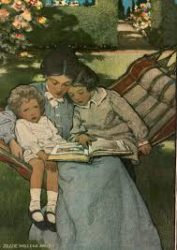
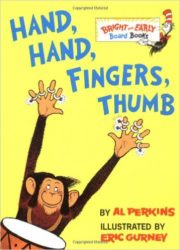 I never liked this book when my daughter was young because it didn’t have a plot. My daughter now understands why I got tired of reading it over and over, and has even resorted to hiding the book from Lyla. Ironically, I could read it to my granddaughter all day!
I never liked this book when my daughter was young because it didn’t have a plot. My daughter now understands why I got tired of reading it over and over, and has even resorted to hiding the book from Lyla. Ironically, I could read it to my granddaughter all day!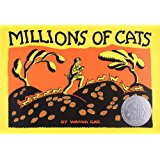 It’s about a sweet husband who sets off to find a kitten for his wife and, when he can’t make up his mind which one to choose, returns with “hundreds of cats, thousands of cats, millions and billions and trillions of cats.” His astounded wife says, “But we can never feed them all!”
It’s about a sweet husband who sets off to find a kitten for his wife and, when he can’t make up his mind which one to choose, returns with “hundreds of cats, thousands of cats, millions and billions and trillions of cats.” His astounded wife says, “But we can never feed them all!”
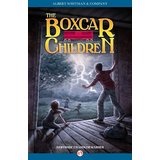 I was never orphaned but my mother did become gravely ill when I was a child and had to be hospitalized. My sisters and I lived with my grandparents until she recovered. I wasn’t wise enough to realize it then, but I think “The Boxcar Children” appealed to me because the children not only survived the trauma but even flourished. And how fun to make over a boxcar! Just like my favorite TV show,
I was never orphaned but my mother did become gravely ill when I was a child and had to be hospitalized. My sisters and I lived with my grandparents until she recovered. I wasn’t wise enough to realize it then, but I think “The Boxcar Children” appealed to me because the children not only survived the trauma but even flourished. And how fun to make over a boxcar! Just like my favorite TV show,  It’s about the little people who live in the walls of our houses and “borrow” objects from us to furnish their own homes. It explains why so many things go missing, like buttons and spools of thread. The borrowers needed that button for a dinner plate and the spool for a table! Even now, the borrowers provide a handy explanation for all the items I lose. And this book either fed into or created my love for “repurposing” items that others discard. Like a giant-sized “borrower,” I love to scour thrift stores and garage sales searching for treasures to fix and paint and resurrect—like this broken-down bedside table that I turned into a filing cabinet. The plant stand was also a thrift store find.
It’s about the little people who live in the walls of our houses and “borrow” objects from us to furnish their own homes. It explains why so many things go missing, like buttons and spools of thread. The borrowers needed that button for a dinner plate and the spool for a table! Even now, the borrowers provide a handy explanation for all the items I lose. And this book either fed into or created my love for “repurposing” items that others discard. Like a giant-sized “borrower,” I love to scour thrift stores and garage sales searching for treasures to fix and paint and resurrect—like this broken-down bedside table that I turned into a filing cabinet. The plant stand was also a thrift store find.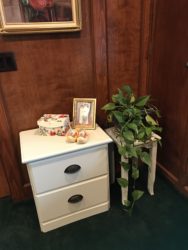
 Peter and his siblings are warned not to go near Farmer McGregor’s garden lest they be caught and made into rabbit pie. The good little bunnies heed the warning and stay home. Peter doesn’t. As a child, I almost always obeyed the rules and was horrified by those who didn’t. I shouldn’t have liked this book—yet I did. Peter gets caught by the farmer and only narrowly escapes. He’s punished for disobeying, which appealed to my sense of justice and fairness. But oh, what an exciting adventure Peter had that day! The story provided a way for me to break the rules and be naughty, risking danger and adventure—and yet remain safe.
Peter and his siblings are warned not to go near Farmer McGregor’s garden lest they be caught and made into rabbit pie. The good little bunnies heed the warning and stay home. Peter doesn’t. As a child, I almost always obeyed the rules and was horrified by those who didn’t. I shouldn’t have liked this book—yet I did. Peter gets caught by the farmer and only narrowly escapes. He’s punished for disobeying, which appealed to my sense of justice and fairness. But oh, what an exciting adventure Peter had that day! The story provided a way for me to break the rules and be naughty, risking danger and adventure—and yet remain safe.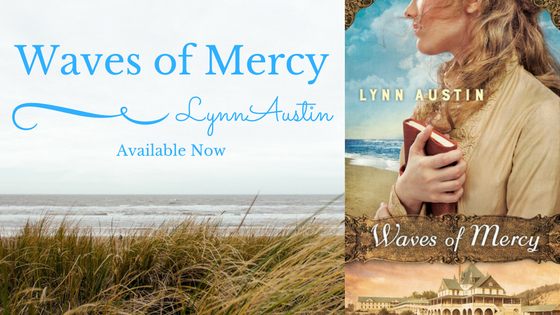
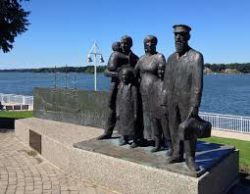
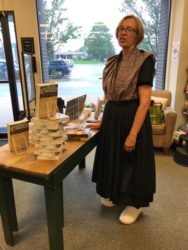
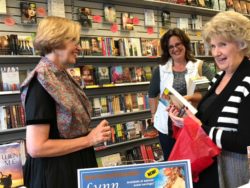
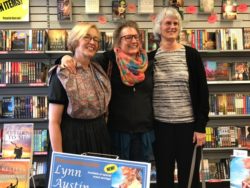
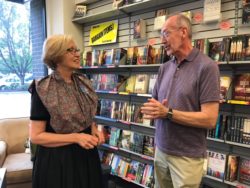
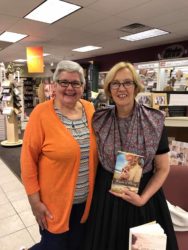
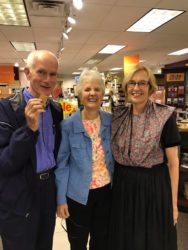
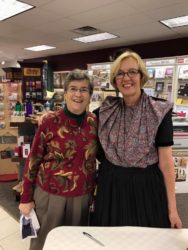
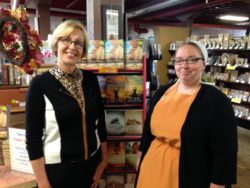
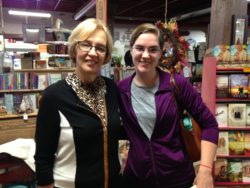

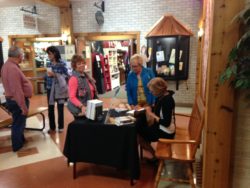

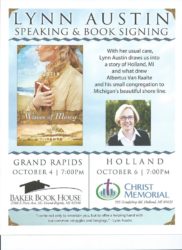 I’m not quite finished launching “Waves of Mercy” yet. On Tuesday, October 4, I’ll be speaking at Baker Book House in Grand Rapids, Michigan at 7:00 PM (2768 E. Paris Ave., SE, Grand Rapids). I’ve put together a power point presentation with some of the pictures that inspired the novel—and I’ll tell a little bit about why I decided to write it. I hope to meet more of you there.
I’m not quite finished launching “Waves of Mercy” yet. On Tuesday, October 4, I’ll be speaking at Baker Book House in Grand Rapids, Michigan at 7:00 PM (2768 E. Paris Ave., SE, Grand Rapids). I’ve put together a power point presentation with some of the pictures that inspired the novel—and I’ll tell a little bit about why I decided to write it. I hope to meet more of you there.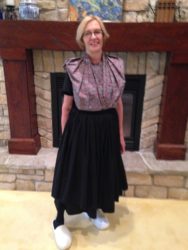 So, I have to say that while it was awkward at first, I’m growing fond of this Dutch dress. You can’t tell from the picture but there’s a voluminous petticoat underneath the skirt, and a black apron on top of it. Twenty yards of cloth is very effective at hiding any and every flaw in my figure. But don’t try to drive a car in wooden shoes…just saying.
So, I have to say that while it was awkward at first, I’m growing fond of this Dutch dress. You can’t tell from the picture but there’s a voluminous petticoat underneath the skirt, and a black apron on top of it. Twenty yards of cloth is very effective at hiding any and every flaw in my figure. But don’t try to drive a car in wooden shoes…just saying.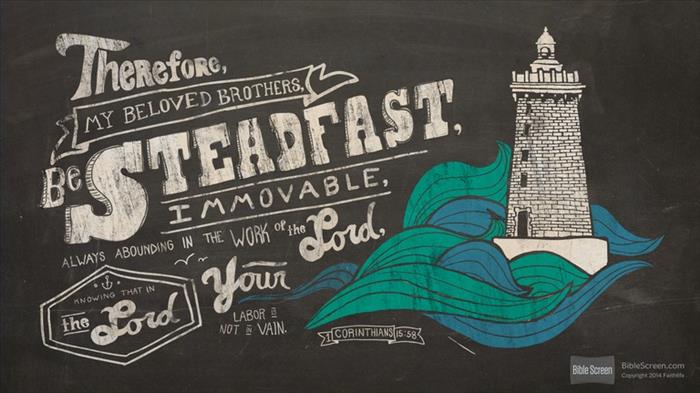

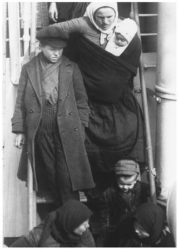 My newest novel, “Waves of Mercy,” (which releases on October 4) tells the true story of the Dutch immigrants who settled the town of Holland, Michigan in 1846. These faithful Christian men and women, who suffered religious persecution in the Netherlands, prayed about what to do and felt God leading them to America, where religious freedom was guaranteed. So they left beautiful, centuries-old cities to move to the virgin wilderness of Michigan and live in crude log cabins. The first summer, malaria struck the community killing many settlers. A year later, a ship called the Phoenix, carrying 225 passengers, including 175 Dutch immigrants, caught fire and sank in Lake Michigan, five miles from their destination. 180 men, women and children died. As the bewildered immigrants buried their loved ones, they must have asked, “Did we really hear from God? How could He allow these tragedies to happen?”
My newest novel, “Waves of Mercy,” (which releases on October 4) tells the true story of the Dutch immigrants who settled the town of Holland, Michigan in 1846. These faithful Christian men and women, who suffered religious persecution in the Netherlands, prayed about what to do and felt God leading them to America, where religious freedom was guaranteed. So they left beautiful, centuries-old cities to move to the virgin wilderness of Michigan and live in crude log cabins. The first summer, malaria struck the community killing many settlers. A year later, a ship called the Phoenix, carrying 225 passengers, including 175 Dutch immigrants, caught fire and sank in Lake Michigan, five miles from their destination. 180 men, women and children died. As the bewildered immigrants buried their loved ones, they must have asked, “Did we really hear from God? How could He allow these tragedies to happen?”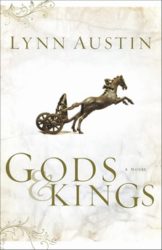 I battled similar questions when writing my first novel, “Gods and Kings.” I had an opportunity to go to Israel on an archeological dig to research my book, and it seemed like an answer from God. To earn money for my trip, I babysat for three small children. My husband encouraged me to go and volunteered to take over while I was away. But a few days before I was supposed to leave, our three children came down with the chicken pox. Then we discovered that my husband had never had them, and he became extremely ill. I called the tour organizers to try to cancel or at least postpone my trip only to learn that it wasn’t refundable, nor could I re-book my flight. I would lose all of the money I had worked so hard to save. In spite of his illness, my husband still encouraged me to go—while someone from church called to say, “I think it’s clear that God wants you to stay home and be a wife and mother, not a writer.” Had I really heard from God about being a writer? Why had my family become sick at the worst possible time? I wrestled with God for answers.
I battled similar questions when writing my first novel, “Gods and Kings.” I had an opportunity to go to Israel on an archeological dig to research my book, and it seemed like an answer from God. To earn money for my trip, I babysat for three small children. My husband encouraged me to go and volunteered to take over while I was away. But a few days before I was supposed to leave, our three children came down with the chicken pox. Then we discovered that my husband had never had them, and he became extremely ill. I called the tour organizers to try to cancel or at least postpone my trip only to learn that it wasn’t refundable, nor could I re-book my flight. I would lose all of the money I had worked so hard to save. In spite of his illness, my husband still encouraged me to go—while someone from church called to say, “I think it’s clear that God wants you to stay home and be a wife and mother, not a writer.” Had I really heard from God about being a writer? Why had my family become sick at the worst possible time? I wrestled with God for answers.

 “Therefore, my dear brothers and sisters, stand firm. Let nothing move you. Always give yourselves fully to the work of the Lord, because you know that your labor in the Lord is not in vain” (1 Corinthians 15:58).
“Therefore, my dear brothers and sisters, stand firm. Let nothing move you. Always give yourselves fully to the work of the Lord, because you know that your labor in the Lord is not in vain” (1 Corinthians 15:58).

